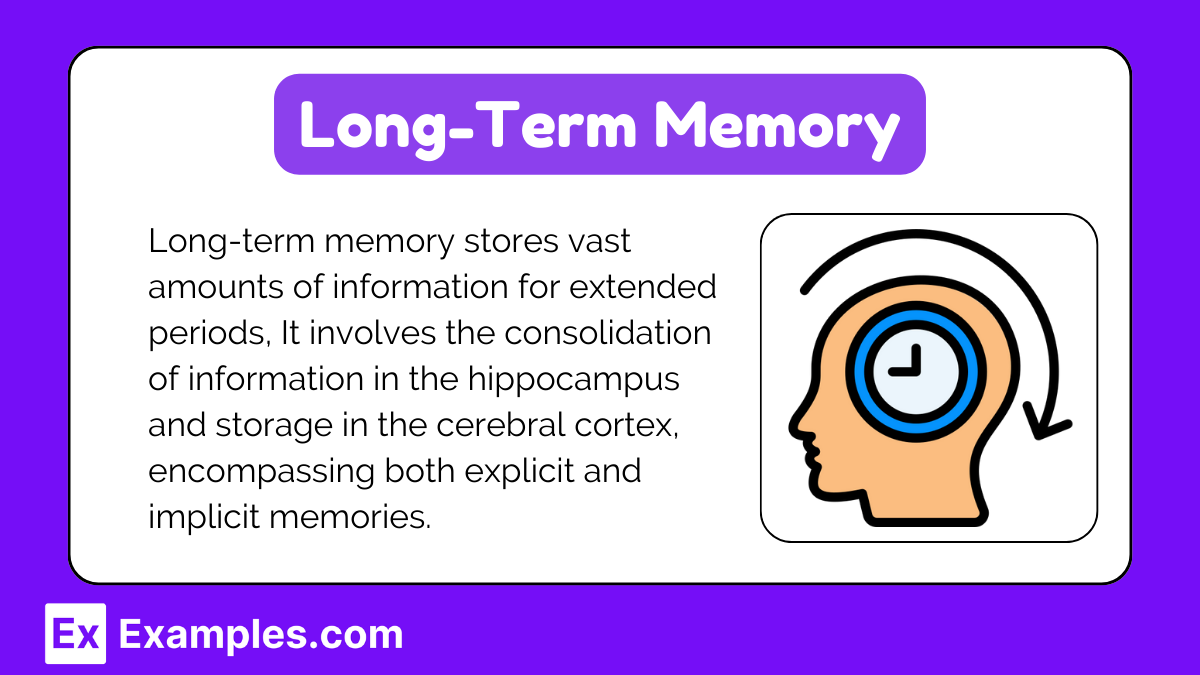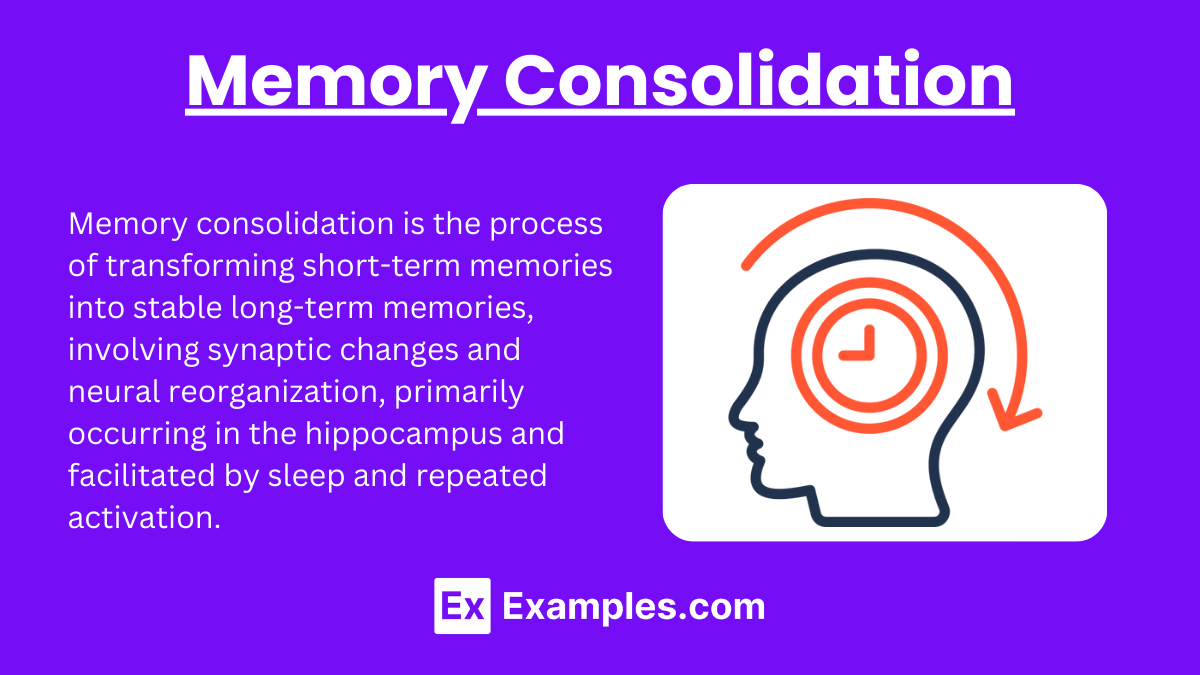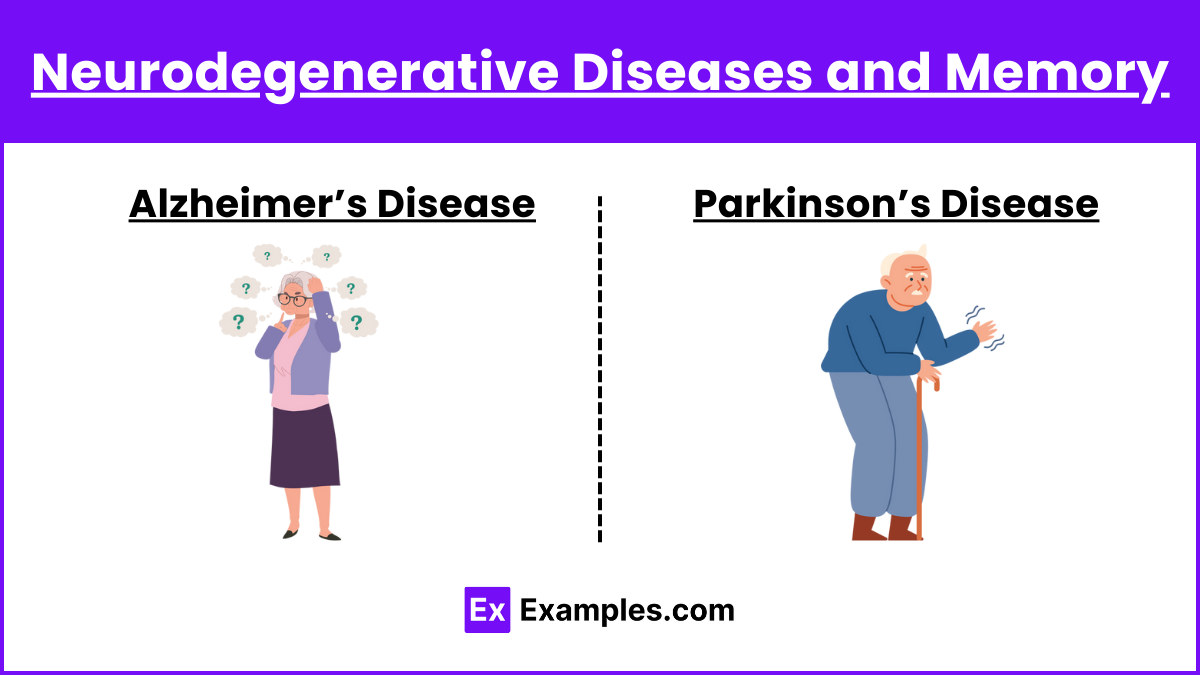Understanding the biological basis of short- and long-term memory, AP Psychology delves into how our brain encodes, stores, and retrieves information. Key brain structures like the hippocampus, prefrontal cortex, and amygdala play crucial roles. Neurotransmitters such as dopamine and glutamate are vital for memory processes. Exploring synaptic plasticity, long-term potentiation (LTP), and the effects of neurodegenerative diseases provides a comprehensive view of how memories are formed and maintained. This knowledge is essential for mastering the subject.
Learning Objectives
Learn about the neural structures involved in short-term and long-term memory, including the hippocampus, prefrontal cortex, and amygdala. Understand the roles of neurotransmitters like dopamine and glutamate in memory processes. Study synaptic plasticity, long-term potentiation (LTP), and long-term depression (LTD). Grasp the concepts of memory consolidation and retrieval, and recognize the impact of neurodegenerative diseases like Alzheimer’s on memory. These foundations will help you master the biological basis of memory.
Short-Term Memory

Short-term memory, also known as working memory, holds information temporarily for immediate use. It typically lasts for a few seconds to a minute and has a limited capacity.
Key Brain Structures Involved
- Prefrontal Cortex: Plays a critical role in the maintenance and manipulation of information in working memory.
- Hippocampus: Involved in the consolidation of information from short-term to long-term memory.
Neurotransmitters and STM
- Dopamine: Enhances the signal-to-noise ratio in working memory tasks, improving the efficiency of information processing.
- Glutamate: The primary excitatory neurotransmitter in the brain, crucial for synaptic plasticity and the encoding of information in working memory.
Cellular Mechanisms
- Synaptic Plasticity: Refers to the ability of synapses to Strengths or Weaknesses over time. In STM, this involves short-term potentiation and depression, which are temporary increases or decreases in synaptic strength.
- Reverberating Circuits: Neural circuits where activity continues to cycle, maintaining information in STM through continuous neuronal firing.
Long-Term Memory

Long-term memory stores vast amounts of information for extended periods, ranging from hours to a lifetime. It involves the processes of encoding, storage, and retrieval.
Key Brain Structures Involved
- Hippocampus: Essential for the consolidation of new memories and their transfer from short-term to long-term storage.
- Cerebral Cortex: Involved in the storage of long-term memories. Different types of memories (e.g., visual, auditory) are stored in respective cortical areas.
- Amygdala: Plays a role in the emotional aspects of memory, particularly fear and pleasure-related memories.
Types of Long-Term Memory
- Explicit (Declarative) Memory: Involves conscious recall of facts and events. Subdivided into:
- Episodic Memory: Personal experiences and events.
- Semantic Memory: General knowledge and facts.
- Implicit (Non-declarative) Memory: Involves unconscious memories, such as soft skills and conditioned responses. Includes:
- Procedural Memory: Skills and habits (e.g., riding a bike).
- Emotional Conditioning: Associative learning based on emotional responses.
Neurotransmitters and LTM
- Glutamate: Crucial for long-term potentiation (LTP), a lasting increase in synaptic strength following high-frequency stimulation of a synapse.
- Acetylcholine: Important for learning and memory, particularly in the formation of new memories.
- Norepinephrine: Modulates attention and arousal, facilitating the encoding of new memories.
Cellular Mechanisms
- Long-Term Potentiation (LTP): A process where synaptic connections become stronger with frequent activation. LTP is considered one of the primary mechanisms behind learning and memory.
- Long-Term Depression (LTD): The weakening of synaptic connections. LTD helps to prune unnecessary information, making the brain’s storage system more efficient.
Memory Consolidation

Memory consolidation is the process by which short-term memories are transformed into long-term memories. This involves the stabilization and integration of new information into existing neural networks.
Stages of Memory Consolidation
- Synaptic Consolidation: Occurs within the first few hours after learning, involving changes at the synaptic level.
- System Consolidation: Takes place over weeks, months, or even years, involving the reorganization of memory traces across different brain regions.
Factors Affecting Consolidation
- Sleep: Critical for memory consolidation. During sleep, particularly REM and deep sleep, the brain processes and consolidates new information.
- Emotional Arousal: Memories with strong emotional components are often better consolidated, a process facilitated by the amygdala.
- Rehearsal and Repetition: Repeated activation of neural circuits strengthens synaptic connections, aiding in the consolidation of memories.
Memory Retrieval
Retrieval is the process of accessing stored information. Effective retrieval depends on the strength and organization of the neural connections formed during encoding and consolidation.
Brain Structures Involved in Retrieval
- Prefrontal Cortex: Involved in the strategic search and retrieval of stored information.
- Hippocampus: Plays a role in recalling episodic memories by reactivating the neural patterns associated with the original experience.
Retrieval Cues
- Contextual Cues: Environmental or situational factors present during encoding can facilitate retrieval.
- State-Dependent Memory: Information learned in a particular physiological or emotional state is more easily recalled when in the same state.
Neurodegenerative Diseases and Memory

Neurodegenerative diseases can severely impact memory. Examples include:
- Alzheimer’s Disease: Characterized by progressive memory loss and cognitive decline due to the accumulation of amyloid plaques and neurofibrillary tangles.
- Parkinson’s Disease: Affects procedural memory due to degeneration of dopaminergic neurons in the substantia nigra.


